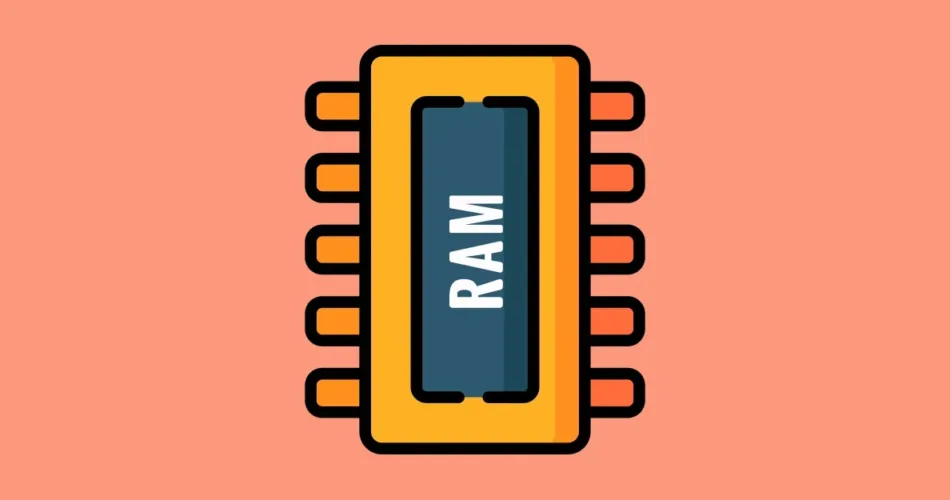C++ is a powerful and versatile programming language that offers direct control over memory management. Dynamic memory allocation in C++ plays a crucial role in allocating memory at runtime, providing developers with the flexibility to create data structures of variable sizes. Contrary to automatic memory allocation (stack memory), which the compiler manages, dynamic memory allocation (heap memory) enables programmers to control the memory’s lifespan and manage it more efficiently. In this comprehensive blog post, we will delve into the world of dynamic memory allocation in C++, its significance, benefits, potential challenges, and best practices for utilizing it effectively. Whether you are a novice or an experienced C++ developer, this guide will equip you with the knowledge and skills to wield dynamic memory allocation to its fullest potential.
Understanding Dynamic Memory Allocation in C++
Dynamic memory allocation in C++ involves requesting memory from the heap during program execution and managing that memory manually. It allows for the creation of data structures such as arrays, linked lists, and trees whose size and lifespan may vary throughout the program’s execution. The three primary operators used for dynamic memory allocation in C++ are new, delete, new[], and delete[].
Allocation and Deallocation using new and delete:
The new operator is used to allocate memory for a single object on the heap, and the delete operator is used to release the allocated memory when it is no longer needed.
Example: Dynamic memory allocation using new and deallocation using delete
#include <iostream>
int main() {
// Allocate memory for an integer on the heap
int* num = new int;
// Initialize the integer
*num = 42;
std::cout << "Value: " << *num << std::endl;
// Deallocate the memory to prevent memory leaks
delete num;
return 0;
}
Allocation and Deallocation using new[] and delete[]:
The new[] operator is used to allocate memory for an array of objects on the heap, and the delete[] operator is used to release the allocated memory when the array is no longer needed.
Example: Dynamic memory allocation for an array using new[] and deallocation using delete[]
#include <iostream>
int main() {
// Allocate memory for an array of integers on the heap
int* numbers = new int[5];
// Initialize the array elements
for (int i = 0; i < 5; ++i) {
numbers[i] = i + 1;
}
// Print the array elements
std::cout << "Array: ";
for (int i = 0; i < 5; ++i) {
std::cout << numbers[i] << " ";
}
std::cout << std::endl;
// Deallocate the memory to prevent memory leaks
delete[] numbers;
return 0;
}
Benefits of Dynamic Memory Allocation
Dynamic memory allocation offers several key benefits that contribute to efficient memory management and program flexibility:
- Flexibility: Dynamic memory allocation allows for the creation of data structures with varying sizes, enabling the creation of large arrays or linked lists based on user input or program requirements.
- Efficient Memory Utilization: Dynamic memory allocation permits the allocation and deallocation of memory as needed, enabling efficient use of memory resources and minimizing wastage.
- Runtime Memory Allocation: Unlike stack memory, which the compiler determines at compile-time, dynamic memory allocation occurs at runtime, providing greater flexibility in memory management.
- Data Persistence: Dynamically allocated memory persists until the program explicitly deallocates it, enabling continuous access and modification of data throughout the program’s execution.
Challenges of Dynamic Memory Allocation
While dynamic memory allocation offers various advantages, it also comes with certain challenges that developers need to be aware of:
- Manual Memory Management: Unlike automatic memory allocation (stack memory), dynamic memory allocation requires manual management of memory allocation and deallocation, making it susceptible to potential memory leaks and dangling pointers if not handled carefully.
- Memory Fragmentation: Frequent allocation and deallocation of memory can cause memory fragmentation, scattering small blocks of free memory across the heap and reducing the availability of contiguous memory blocks for large allocations.
- Responsibility for Memory Release: Developers are responsible for deallocating dynamically allocated memory using
deleteordelete[]to prevent memory leaks. Failure to do so can result in memory being held indefinitely, even after it is no longer needed.
Best Practices for Allocating Dynamic Memory
To make the most of dynamic memory allocation, consider these best practices to ensure efficient and safe memory management:
- Prefer Automatic Storage Duration: Whenever possible, use automatic storage duration (stack memory) for variables with fixed lifetimes, as the compiler automatically manages their memory.
- Limit Dynamic Allocation: Minimize the use of dynamic memory allocation by relying on static arrays or standard containers like
std::vectorfor most data structures. - Use Smart Pointers: When dynamic memory allocation is necessary, consider using smart pointers like
std::unique_ptrandstd::shared_ptrto automate memory management and reduce the risk of memory leaks. - Avoid Fragmentation: If memory fragmentation becomes a concern, consider using memory pools or custom allocators to manage memory efficiently and reduce fragmentation.
Conclusion
Dynamic memory allocation is a powerful C++ feature that empowers developers to create data structures of varying sizes and manage memory flexibly at runtime. By using the new, delete, new[], and delete[] operators, programmers can allocate and deallocate memory on the heap, providing greater control over memory management.
As you continue your journey as a C++ developer, mastering dynamic memory allocation will enhance your ability to create efficient, scalable, and robust applications that efficiently utilize memory resources.
Subscribe to our email newsletter to get the latest posts delivered right to your email.


Comments